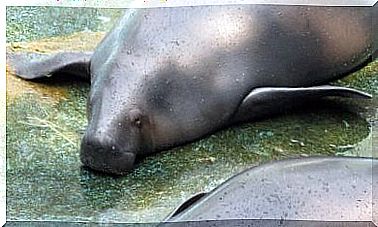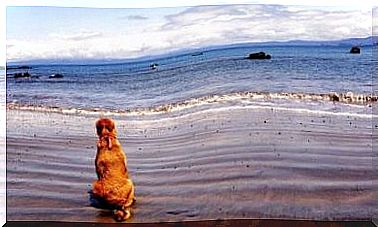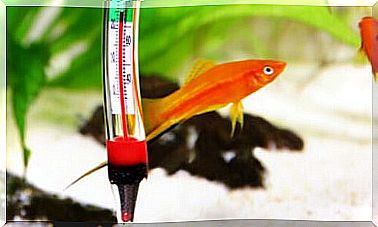How Is Dolphin Training
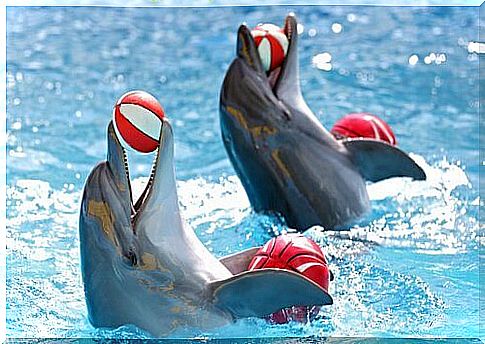
In marine parks around the world, animal shows are the main attraction. What is behind these shows ? How is dolphin training? Do they suffer or do they have a quiet life? In this article, we will try to answer these questions.
Dolphin training: words in favor
Cetaceans are very intelligent animals, including the dolphin, which is considered to be one of the most cerebral beings in the world. When they are free, they learn from their mothers to communicate with each other through sounds, movements, jumps and pirouettes.
In captivity – for example, in an aquarium or marine zoo – the aim is to bring these skills to show to viewers. In the words of some dolphin trainers, being social, active and intelligent animals , it is easier to perform certain exercises. This means that for animals that jump out of the water and vocalize, this is something that comes naturally to them.

Some exercises are taught in a few days and others require more time, such as jumping into hoops and playing balls: these are not common in wildlife and therefore should be explained from scratch.
Dolphin training: words against
If we trust the claims of those who work in oceanariums, it is clear that we can think that the life of dolphins is perfect. They only have to play for a while, exercise and eat when they do some trick in front of the public.
However, it’s not all flowers. To start with, captive dolphins live for about six years, when in their natural habitat – if they manage to get rid of current dangers, which include hunting and fishing by man – they can reach 40 years.
Unlike what happens in the oceans where they live, when a dolphin is captured by an oceanarium or is born in captivity, it moves in a very small space : pools with no waves, no fish to catch, no vegetation…
When we see a show, we believe that training dolphins is pure happiness. That it’s better to see him jumping and playing. The reality is that, in order to learn ‘pirouettes’, coaches can be cruel to them and punish them if they do not do what they are told. It is not physical punishment, but food: they only receive food when they learn.
You may have noticed that at the end of a presentation, the trainer takes a fish out of the bag and hands it to the dolphin. It’s not a prize, but your meal. Basically, the animal does its games and tricks because it is hungry, and it knows that only if it does well it will be fed.
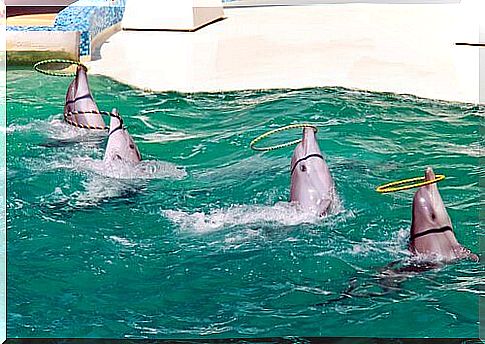
For these marine mammals , the shows aren’t all that fun: it’s just their way of getting food. Coaches have the food bucket, hence the power.
Captive living dolphins are often aggressive towards people, including the trainer, and others of their species. There are even cases of some who caused their own death due to the depression they suffered.
Regardless of how dolphins are trained, we must keep in mind that animals were not born to live in enclosures or to be people’s entertainment. Thinking that cetaceans, among others, are happy to be in an enclosure where they are fed and cared for on a daily basis is perhaps a way of not thinking about the true implications of their captivity.
The only exception are reserves or shelters that receive injured, sick or orphaned animals and, after some time, these are returned to their places of origin.
